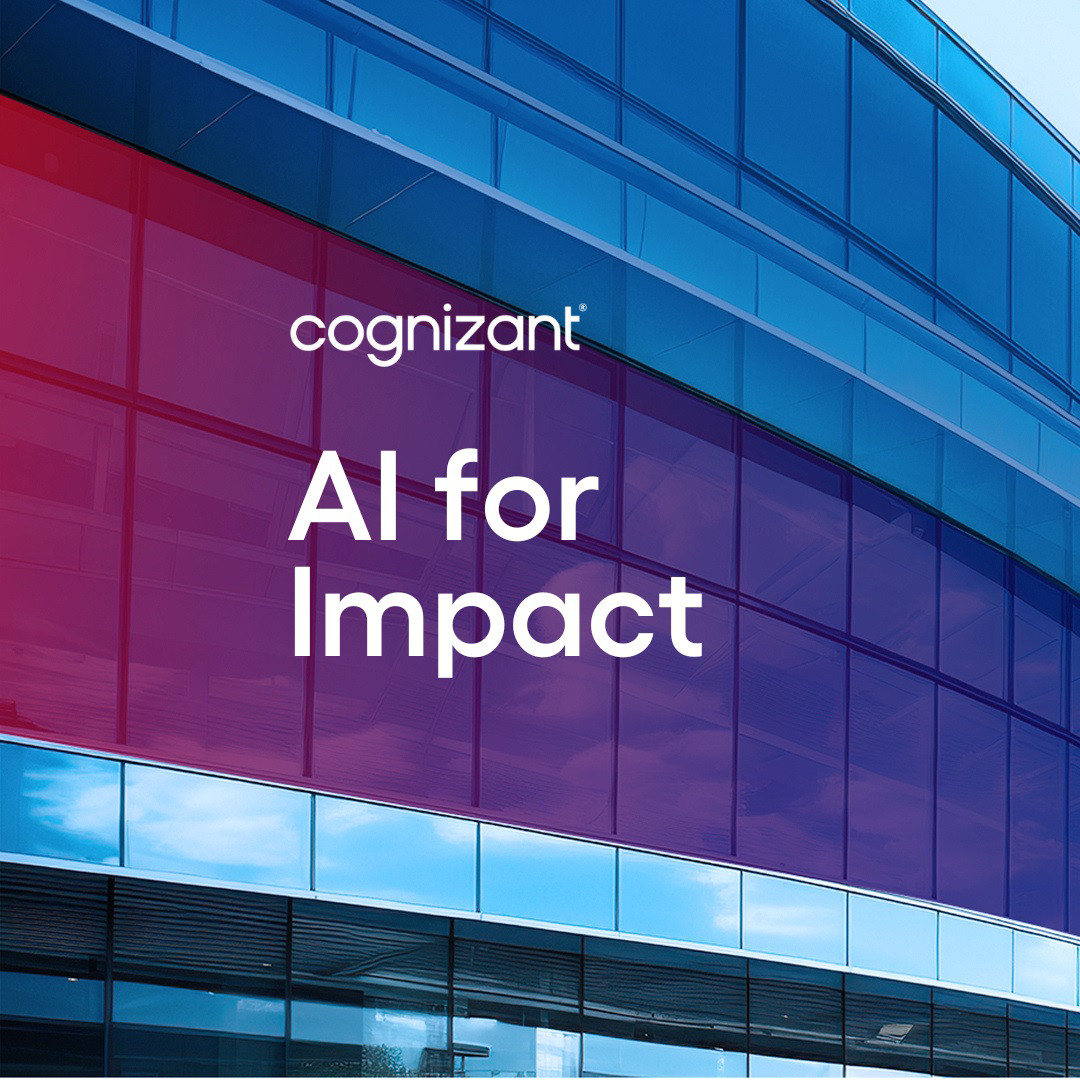The economics of launching new therapies are eye-watering, especially as the market shifts towards personalised medicine. The risks are high, too. If a drug fails in the late stages of clinical trials it can mean hundreds of millions of dollars down the drain. And even if it passes Phases 3 and 4, the first six months are the make-or-break period for any new therapy.
On the upside, new technologies are fast emerging that promise to slash the costs and timescales of bringing successful new therapies to market, while still clearing regulatory hurdles.
At our recent Health Sciences Innovation Day at Wembley Stadium, we brought together a panel of industry experts across global biopharma, medical device research and tech to explore these new dynamics. They provided a wealth of first-hand insight into how data, digital and AI are transforming the economics of making medicine, from identifying promising molecules to delivering personalised treatments.
Here are four important takeaways from the session:
1. AI can significantly slash clinical R&D costs and timescales
One of the biggest learnings from the development of the COVID-19 vaccine is that it is possible to vastly accelerate launch timescales without significantly adjusting safety protocols. Now, new technologies are emerging to make faster launches possible for many new therapies.
Promising molecules are a good example. Before the advent of AI, a pharmaceutical company might be able to analyse 20,000 molecule variations in a year. With skilled application of AI, that number can increase by an order of magnitude. Once the most promising variations have been identified, AI can model their effect on humans, vastly accelerating the early stages of drug discovery and providing early insights into the possibilities for personalised doses.
AI is also speeding up R&D for medical device manufacturers. As we move into an era of remote monitoring and digital therapeutics, it’s crucial to know in advance whether a device will be adopted by patients. That used to be done through small patient focus groups. But now, large language models (LLMs) can surface insights from millions of patients around the world, highlighting which devices they like, what they find easy and what they find challenging. Those insights can kick-start development of devices people will feel comfortable engaging with.
Another big area of opportunity that AI is opening up is in prevention—for example, drawing on its ability to identify tumours much earlier than human clinicians. Prevention is a win-win, driving revenue for pharma businesses and ensuring better quality of life for patients around the globe.
In summary, AI can help companies make smarter choices earlier about which products to focus on. That will significantly reduce failure rates—which at the later stages of clinical trials can cost hundreds of millions—and ensure much-needed new treatments get to market earlier, delivering better health outcomes.
2. Pharma manufacturing timescales can be shortened by months
Manufacturing is another time and cost intensive area where data, AI and digital can deliver significant efficiencies.
Firstly, understanding how close a new molecule is to previously manufactured molecules can collapse new product introduction (NPI) times. If a new molecule is 80% similar to an already commercialized molecule for which the company has PDQ evidence, the manufacturing setup can be reduced from years to months.
AI can also slash the amount of time needed to prepare a specification. While most pharma companies are going through major projects to get paper records into digital format for analysis, AI can ingest paper records directly, circumventing that process.
The algorithms can then develop a variation profile to identify a golden batch, and pre-approve or pre-produce design documents—shortening MES project timescales by months.
3. AI and data are bringing the age of personalised medicine closer
The cost savings and efficiency gains that are starting to be generated today through data and AI will bring the Health Sciences industry closer to its vision of personalised therapies.
Today, the economics of personalised medicine make it cost-prohibitive for most therapeutic areas, but things are changing fast. For example, oncology can now be segmented by type using gene analysis and other techniques, enabling targeted interventions rather than blanket applications of chemotherapy and radiotherapy.
As medical devices get more wearable and connected, the data they produce will transform the understanding of individual patients’ experiences of different treatments, paving the way for personalised therapies. And with up to 80% of health outcomes driven by environment rather than genetics, deeper insight into patients’ socio-economic circumstances can also drive more targeted treatment.
However, personalised medicine will only be truly successful if pharma companies can manufacture to prescription—something that will require a major overhaul of manufacturing and distribution capabilities. The centralised factories of today will need to be atomized across geographies and connected digitally, something few pharma companies are in a position to do just yet.
But by drawing on the capabilities of data and AI to drive cost, risk and time out of the product innovation process, the resulting savings can be reinvested into capital projects for a new future of targeted, personalised treatments.
4. Life Sciences companies should stay focused and keep the patient at the centre
Overall, the panel agreed that Health Sciences is at an exciting turning point, with AI, digital and data analytics starting to have a transformative impact on the economics of making medicine.
To make the most of their potential, the panellists advised businesses to stay focused on what they want to achieve, rather than jumping on to a passing technology bandwagon. One winning approach may be to go deep into a specific area of therapy, and work with a partner ecosystem to fully understand and optimise the patient journey around it.
Ultimately, they stressed, better health outcomes are what drives the industry forward. For that reason, keeping patients at the centre and maintaining a keen sense of purpose will be key to success in a new world of rapid innovation, data-driven personalised medicine and localised manufacturing and distribution.















